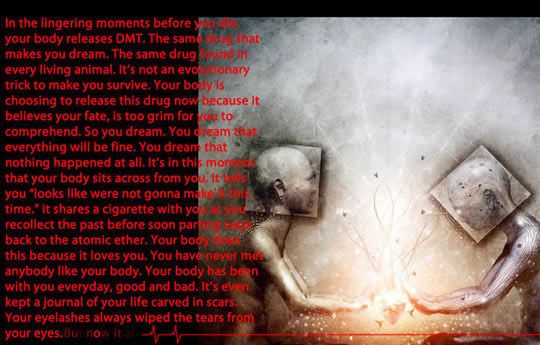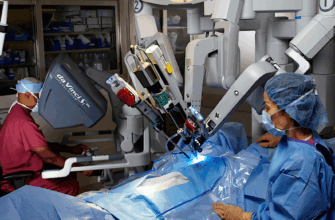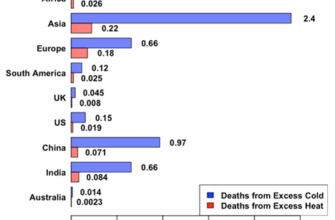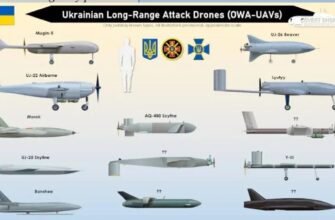
The aftermath of a devastating aviation incident, leaving an indelible mark.
In the grim annals of aviation history, certain events etch themselves into public memory, not just for their scale but for the profound human stories they leave behind. The crash of Air India flight AI171, a Boeing 787 Dreamliner, over Ahmedabad, India, is one such indelible mark. While 241 souls perished in the fiery wreckage, one passenger, British citizen Vishvash Kumar Ramesh, miraculously walked away. Yet, as his family reveals, this `miracle` has transformed into a haunting daily ordeal, a testament to the fact that physical survival can often be just the beginning of a far more complex struggle.
The Burden of Being “The One”
Vishvash Kumar Ramesh, 40, was seated in the 11th row when the Dreamliner plunged into a medical college dormitory. His injuries were surprisingly minimal: a few cuts to the face and minor chest trauma. Indian media quickly christened him “the miracle survivor,” “God`s child,” and a “symbol of hope,” with locals even referring to him as “the man who cannot be killed.” One might assume such a title would bring comfort, perhaps even a sense of destiny. However, for Vishvash, it brought only an immense, suffocating weight: survivor`s guilt.
His 35-year-old brother, Ajay, was also on that ill-fated flight. The brothers, partners in a fishing business based in Diu, India, had purchased tickets for separate seats in the same row. A minor logistical inconvenience at the time, this seating arrangement now defines Vishvash`s torment. “If we had sat together, we both might have survived,” he reportedly stated, the sentiment echoing the profound what-ifs that plague trauma survivors. He watched his brother perish, and the inability to save him has become a relentless loop in his mind. As a relative, Krunal Keshave, 24, from Leicester, UK, painfully recounts, Vishvash struggles to find restful sleep. “When he sleeps, he dreams he is on the plane. He remembers everyone dying before his eyes.”
A Life Defined by Absence
The stark contrast between public perception and private suffering is poignant. While the world saw a survivor, Vishvash sees the faces of the lost, most acutely, his brother`s. He reportedly “sees him everywhere,” yet avoids speaking directly about the crash itself. His current existence is a quiet, internal battle, largely confined to his home in Leicester, far from the fishing life he shared with Ajay in Diu. The media fanfare, the celebratory titles – all seem like cruel ironies when measured against the deep chasm of grief and guilt that has swallowed his peace.
His desperate attempt to return to the burning fuselage to save his brother, as captured in harrowing footage and recounted by first responders, speaks volumes about his immediate, instinctual response to the tragedy. “There`s a family member in there, my brother, and he`s burning alive. I have to save him,” he implored a rescuer. This primal urge, thwarted by the inferno, now fuels his waking despair and nightly terror.
Unraveling the Mystery: The Technical Aspect
Beyond the human tragedy, the Air India flight AI171 crash has sparked an intensive investigation. With 52 British citizens among the deceased, the global spotlight is fixed on understanding what brought down the advanced Boeing 787 Dreamliner. Preliminary reports, notably from U.S. investigators familiar with the “black box” recordings, suggest a chilling scenario: pilot error.
The focus has turned to Captain Sumit Sabharwal, 56, and First Officer Clive Kunder, 32. Sources indicate that the cockpit voice recorder points to Sabharwal, the pilot monitoring, having inexplicably switched off key engine fuel switches. The transcript reportedly captures a moment of panic from Kunder, the pilot flying, contrasted with Sabharwal`s eerie composure. Two crucial switches were reportedly turned off with a precise one-second interval, only to be reactivated ten seconds later. The Wall Street Journal cites American pilots who reviewed the Indian investigation, suggesting that Kunder would have been entirely preoccupied with stabilizing the aircraft, leaving Sabharwal responsible for monitoring the flight’s progress and making critical adjustments.
The preliminary dialogue reportedly includes one pilot asking the other why the switches were moved, an accusation met with denial. This technical detail, stark and dispassionate, underscores the devastating consequences of momentary human error or confusion in an environment where perfection is the baseline expectation.
Beyond the Headlines: A Call for Compassion
The tale of Vishvash Kumar Ramesh serves as a stark reminder that the headlines fade, but the human cost endures. While investigations painstakingly piece together the mechanics of disaster, the psychological wreckage can be far more complex and enduring. For Vishvash, the labels of “miracle” and “hero” are hollow. He is a man grappling with an unbearable weight, a living embodiment of the trauma that follows when one escapes the inevitable. His story is not just about survival; it is about the silent, relentless struggle to live with the echoes of a tragedy that, for him, refuses to end.









